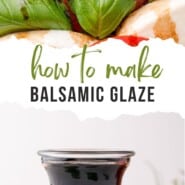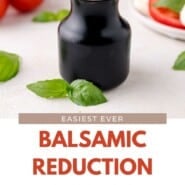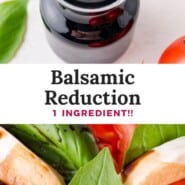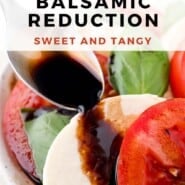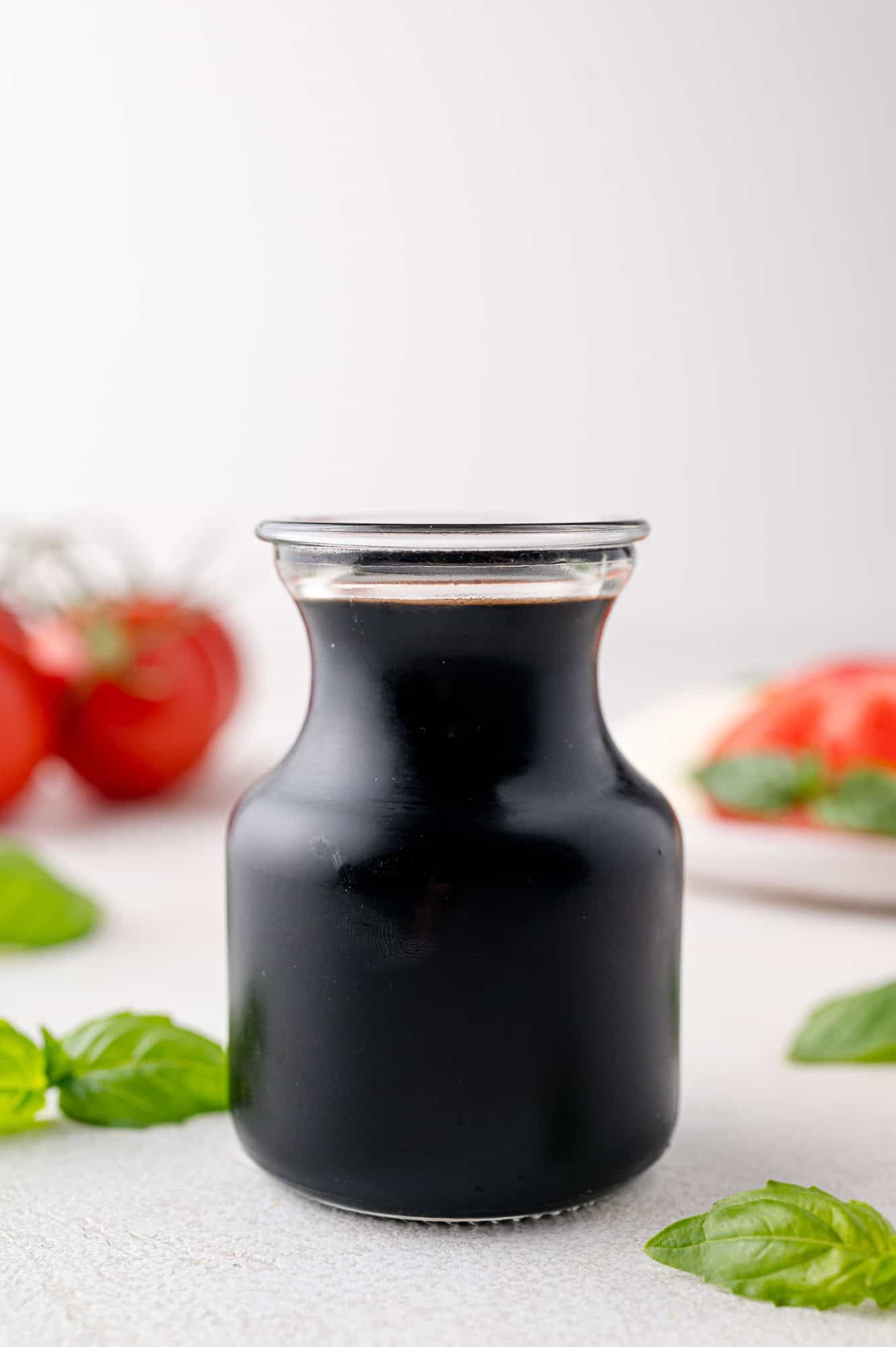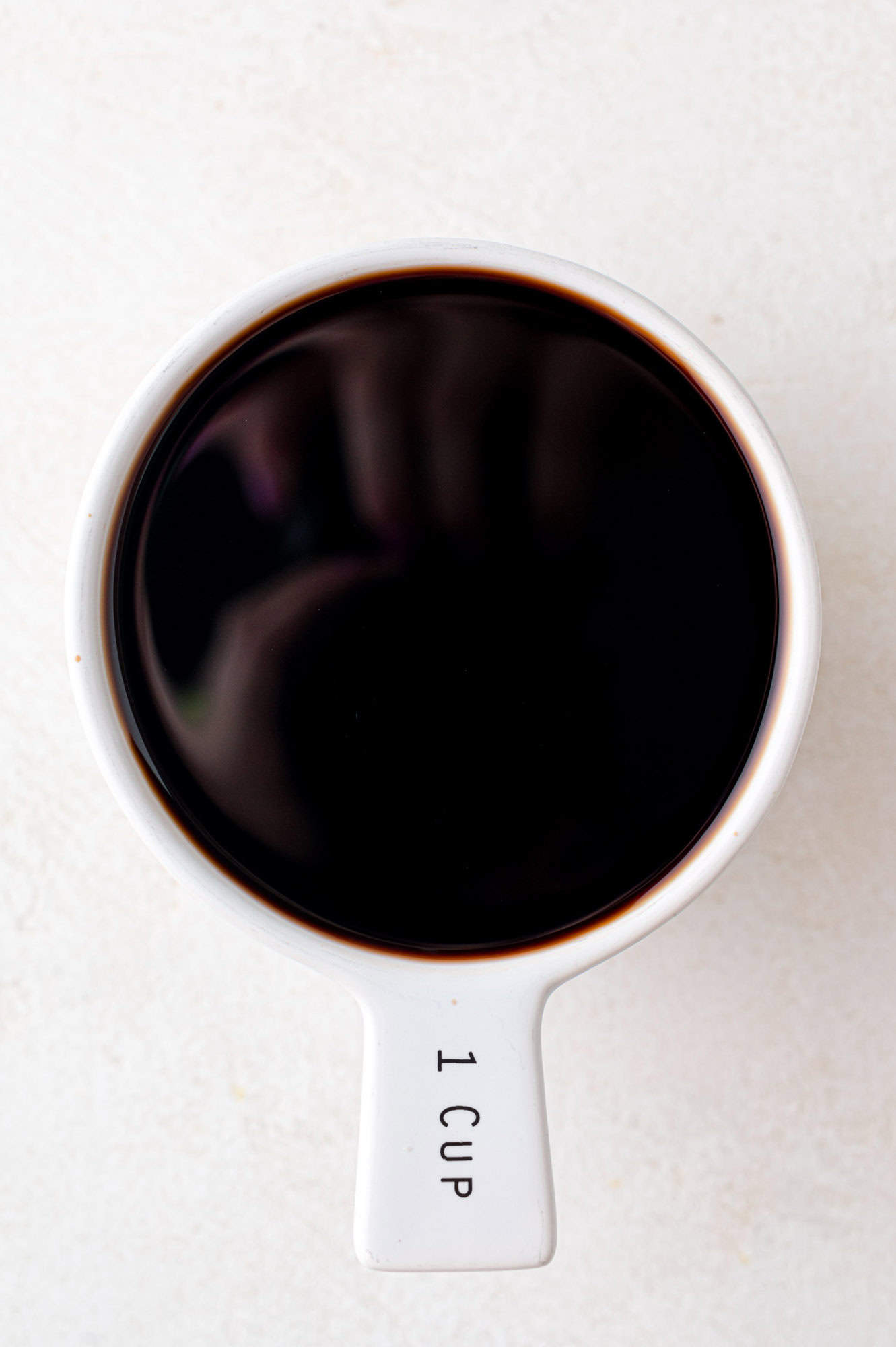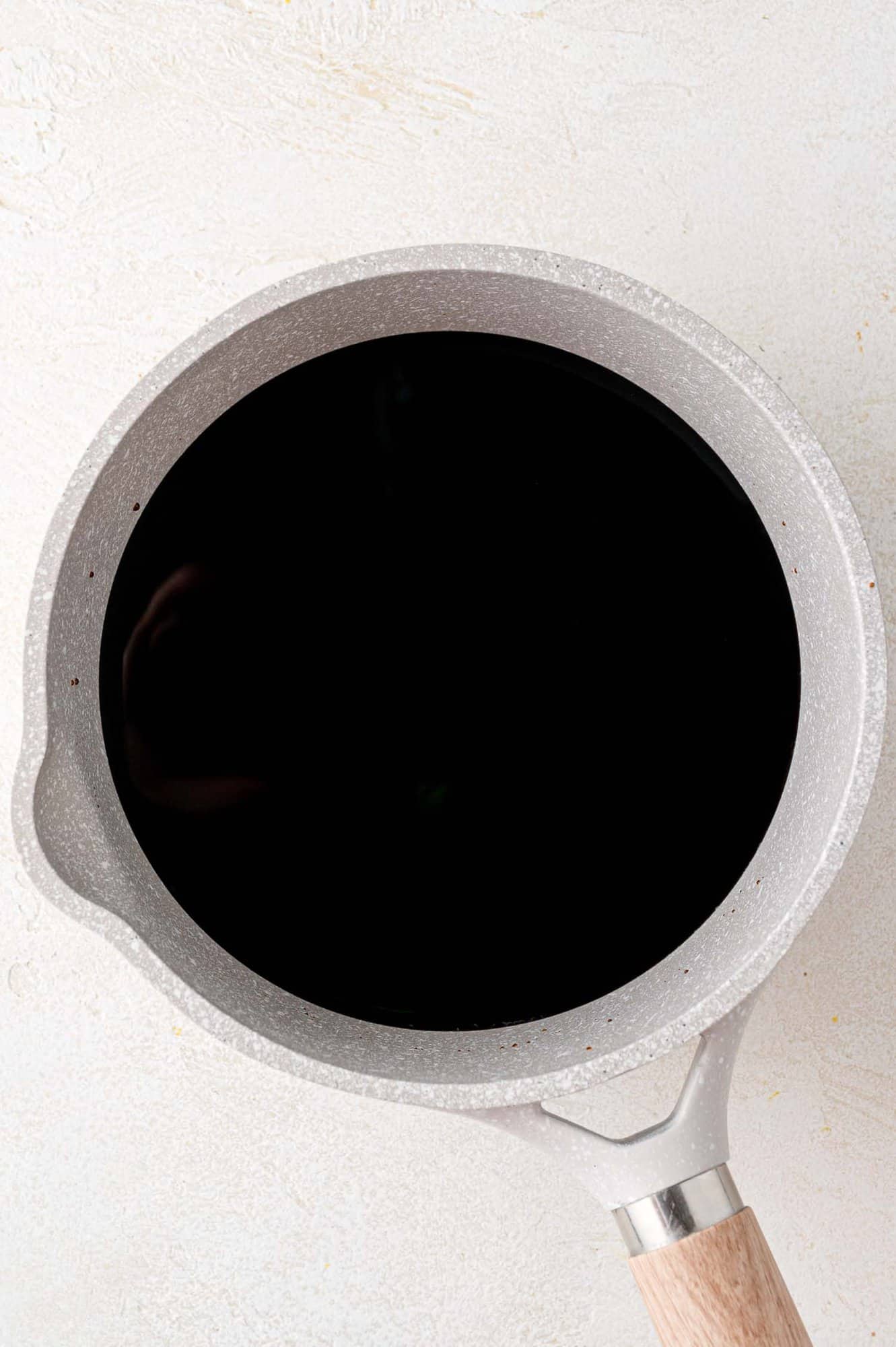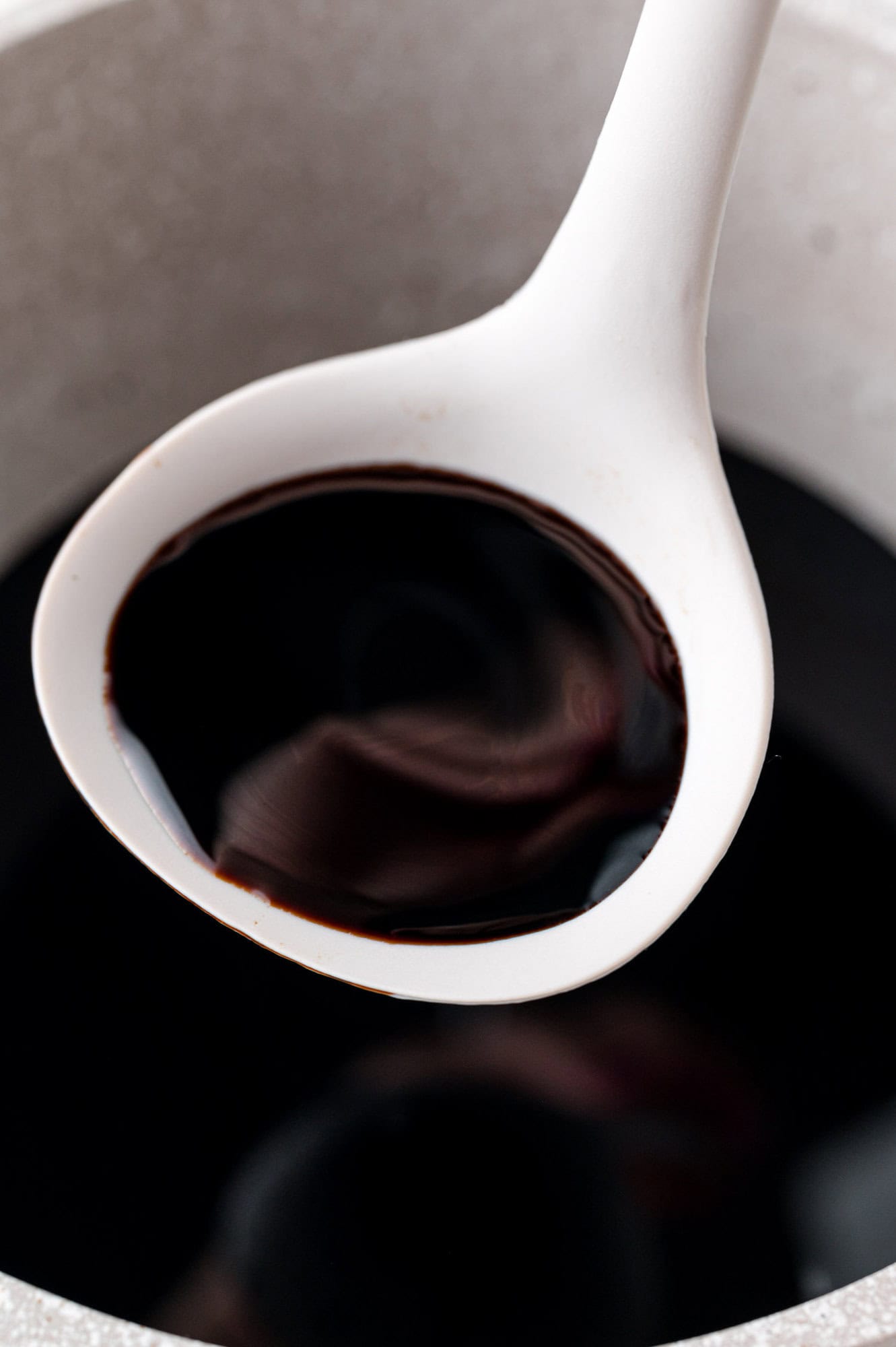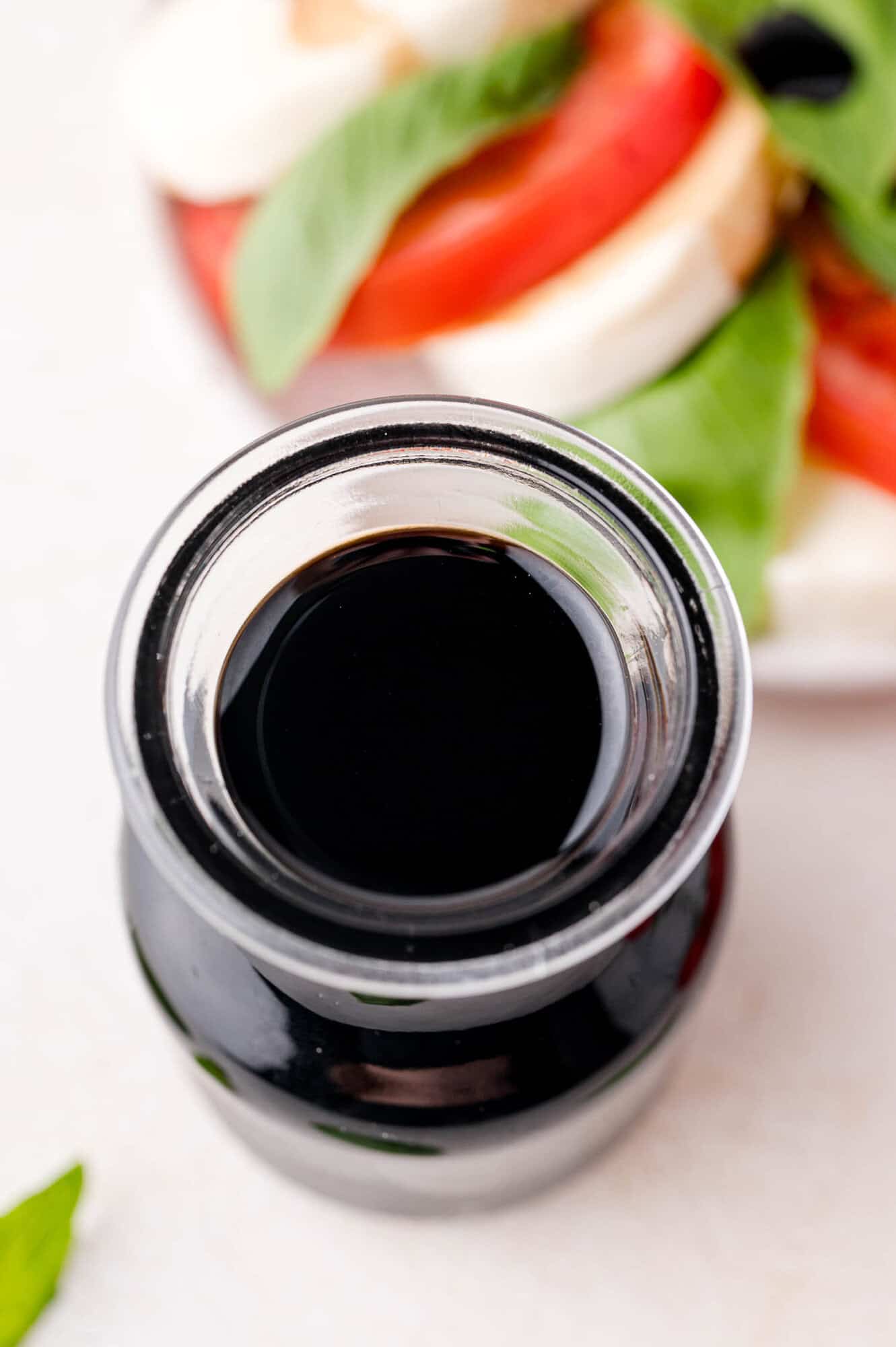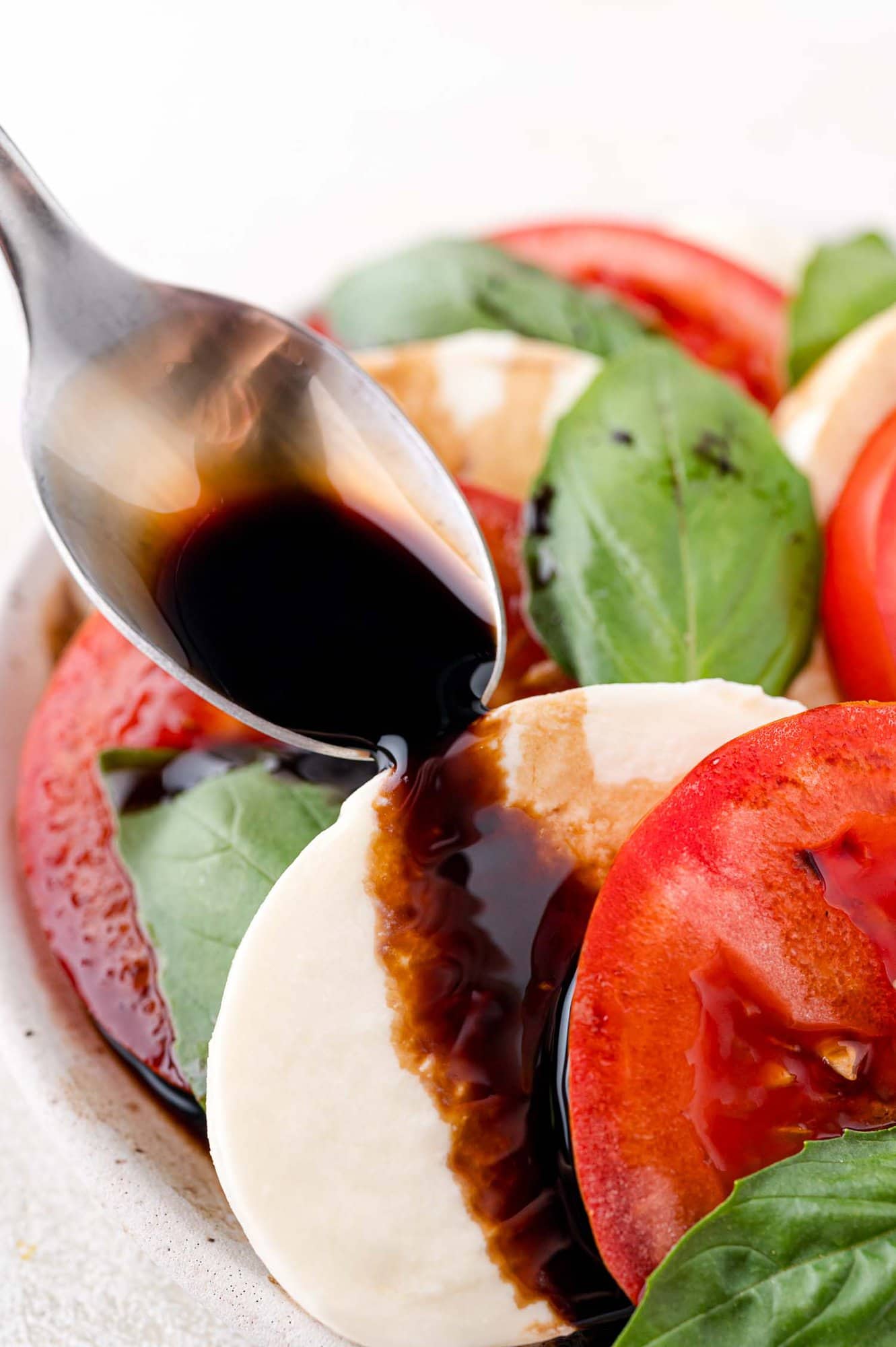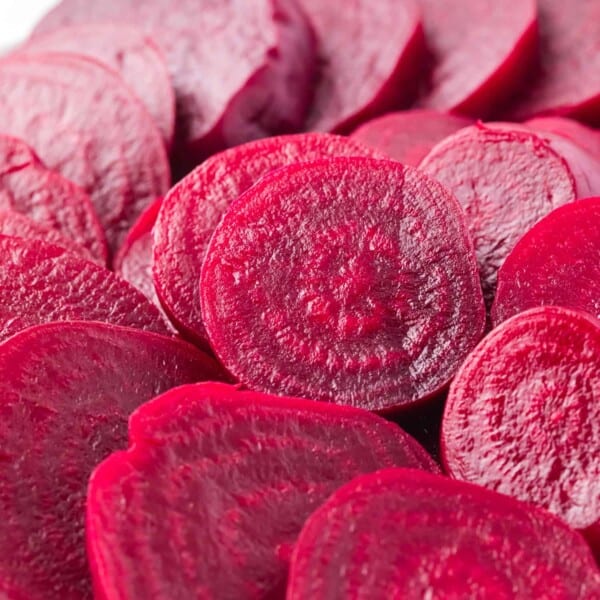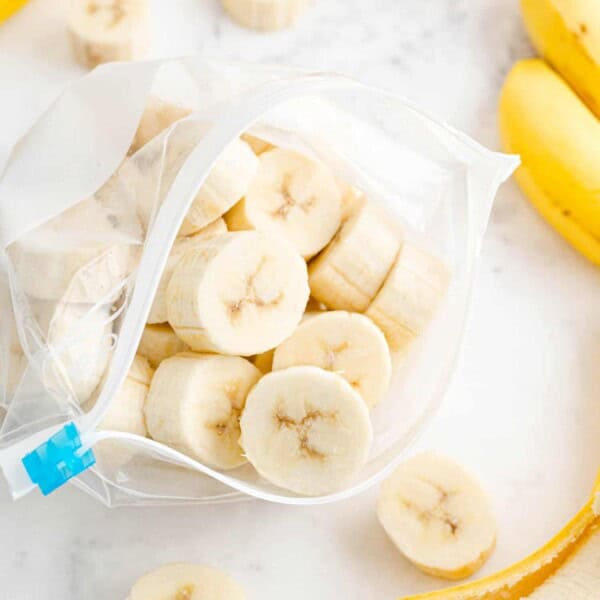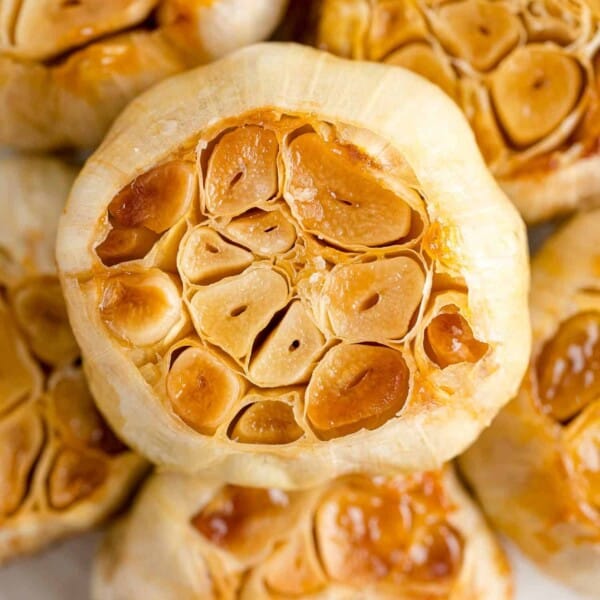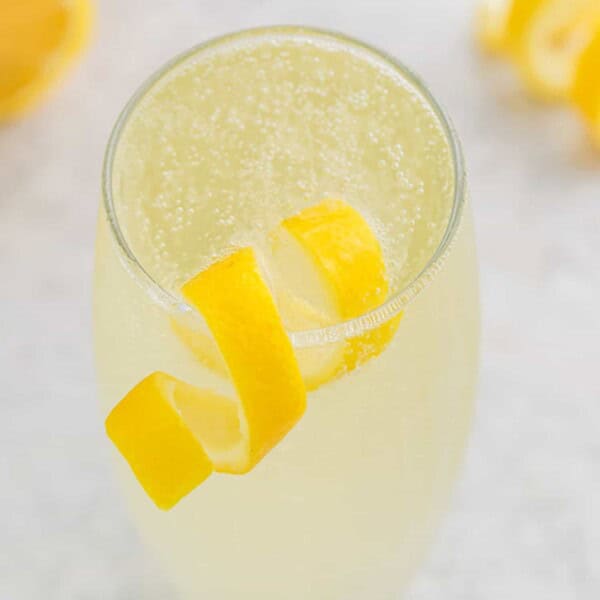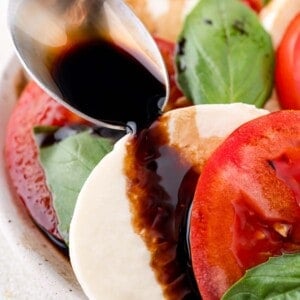How long it takes: 30 minutes Equipment you’ll need: small saucepan Servings: 16 (makes 1 cup) (Do you love caprese as much as I do?! Try my caprese turkey burgers and caprese pasta salad recipe next.) But caprese salad is kind of a gateway because once you introduce balsamic glaze into your cooking repertoire, you’re always going to want a bottle of it in your fridge. It stores well so you can make a big batch and it might last you all summer. Quite possibly, it might only last you two days—seriously, this is good stuff and you’ll want to put it on everything.
Ingredient Notes
Balsamic Vinegar: Choose a good quality balsamic vinegar to make a reduction. When you reduce anything, you concentrate its flavor; a low-quality vinegar will taste even worse when boiled down. Check the ingredient list. The balsamic vinegar should be made only with grapes, without caramel coloring or added sugar. The ingredient list may say “grape must” which is simply the juice of pressed grapes (in Italian, “mosto”). Easy to make. And why wouldn’t you make it at home when it’s so easy, it’s almost effortless?! It’s just a matter of pouring the vinegar into a pan and boiling it until it’s reduced to a syrup, that is, a balsamic reduction. A simple way to jazz up so many foods. It’s not just for caprese salad! Balsamic glaze has the ability to elevate so many dishes. It’s great drizzled on grilled meat (try it on chicken or steak), salads, appetizers, and roasted or grilled vegetables.
How To Make Balsamic Glaze
Bring to a simmer. Add the vinegar to a saucepan set over medium heat. Let it come to a simmer. It should be bubbling lightly, but not boiling like crazy. If the vinegar smell is too strong for you, crank up that kitchen exhaust fan or open a window! I kind of like the smell and maybe you will, too. Thicken. Reduce the heat to medium-low. Keep the balsamic vinegar simmering until it’s reduced by half. (That means that half of the vinegar will evaporate as it cooks.) At first, the vinegar won’t need much attention but as it becomes thicker, keep a close eye on it; it can start burning quickly and once it does, there’s no salvaging it. Cool. Remove the pan from the heat and let the balsamic glaze cool to room temperature. Use it right away or refrigerate it in a small jar or container until you’re ready to use it.
Helpful Tips
Keep in mind that it will thicken more. As the glaze cools, it will thicken further. If, after it cools, you find it’s thinner than you’d like, bring it to a simmer again and cook it more until it’s the desired thickness. Seriously, really keep an eye on it. Not only does over-cooked balsamic glaze blacken and taste foul, it also takes on the consistency of tar and can harden in your pan, which is nearly impossible to clean up. (If this does happen to you, pour water in the pan with the vinegar and bring it to a boil; this will help loosen things up a bit, especially if you gently encourage the loosening with a wooden spoon. Get off as much as you can while the water is boiling on the stovetop, then use a scouring pad or scrubber when washing the pan to remove the rest.) Make it sweeter. If you want the syrup to be even more sticky sweet, you can add sugar or honey to sweeten it up a touch. I find that the vinegar gets sweet enough as it simmers down and reduces but if you have more of a sweet tooth, you might want to try adding a couple tablespoons of sugar or honey to the vinegar before you boil it.
What Do You Use Balsamic Glaze For?
This list is by no means exhaustive but it will get you started.
Quinoa Bowl with Roasted Tomatoes and Ricotta Grilled Peach Salad with Burrata Goat Cheese Steak Easy Tomato Bruschetta Asparagus Gruyere Tart Roasted Asparagus or Easy Air Fryer Asparagus Balsamic Roasted Vegetables All roasted vegetables!
Storage Tips
Cool the reduction to room temperature. Pour into a small jar. Cover tightly and refrigerate for two to three months. If it thickens too much, reheat until it’s the desired consistency.
